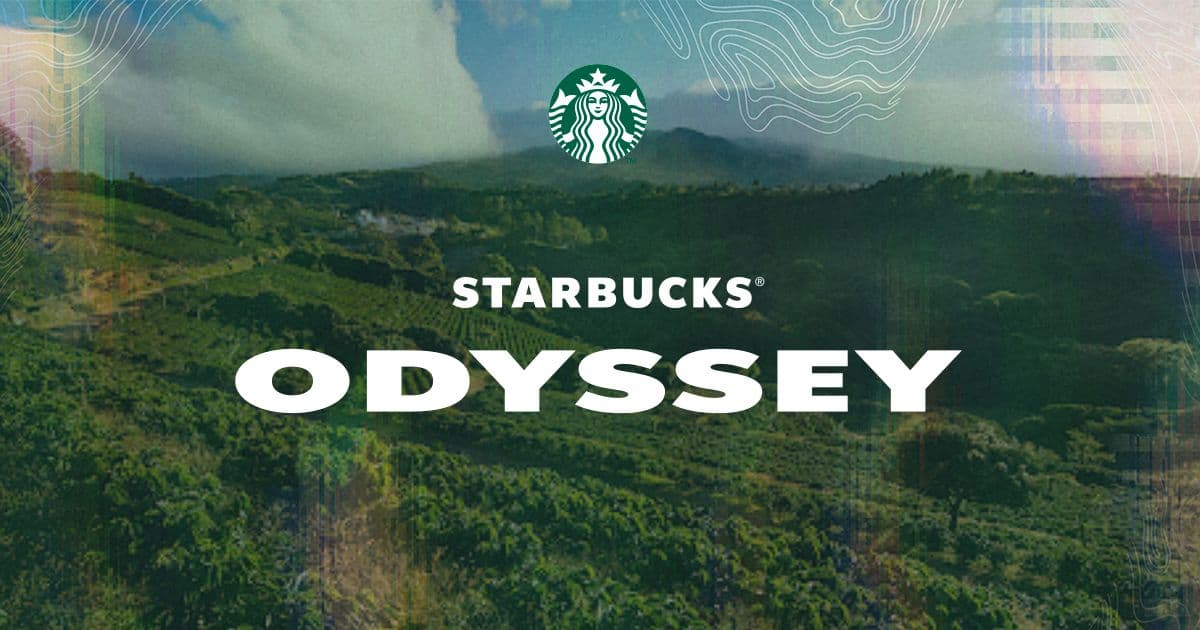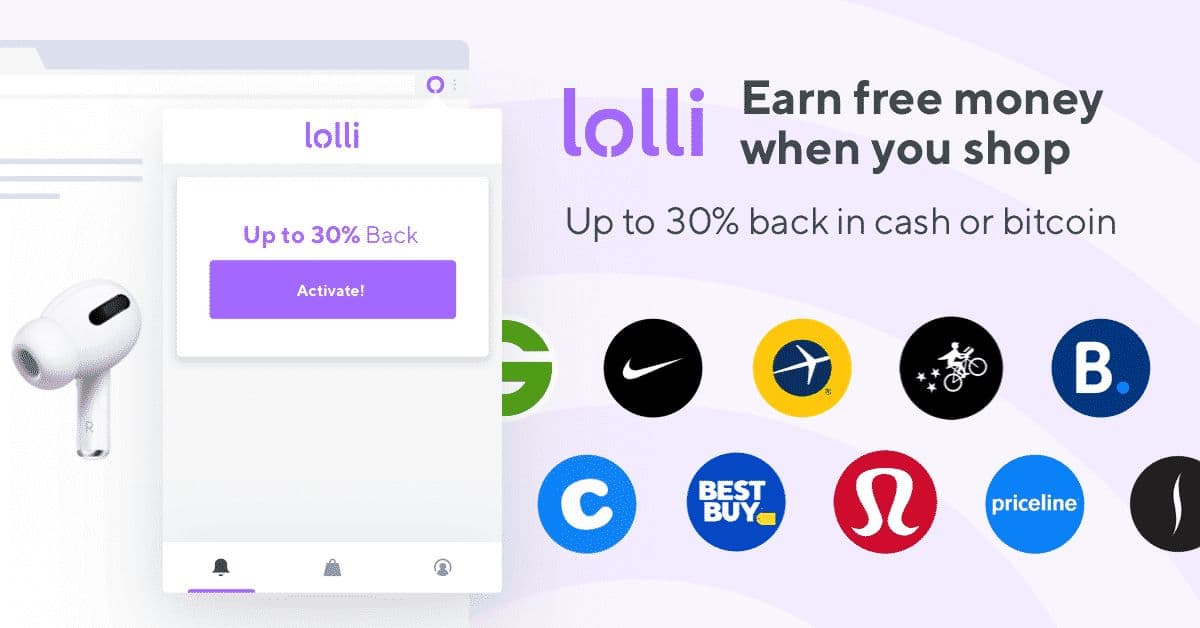Industry
Apr 25, 2024Chain Insights - The Benefits of Web3 Loyalty Programs
In the evolving landscape of digital marketing, Web3 technologies offer a modern solution for enhancing loyalty programs. By leveraging the decentralized and transparent nature of blockchain, businesses can create more secure, flexible, and engaging loyalty systems. Web3 loyalty programs go beyond just earning and using points. They change traditional loyalty programs into active, engaging platforms. By turning rewards into tokens, these programs highlight the important features of blockchain technology—such as transparency, security, and decentralization—in the customer experience.
Both brands and customers benefit from Web3 loyalty programs. Brands can create special, limited rewards that appeal to their target audience, while customers feel more involved and have a greater sense of ownership in how the program develops. Continue on as we explore the benefits of Web3 loyalty programs, common challenges they face, and real-world examples illustrating their successful implementation.
Benefits of Implementing Web3 Loyalty Programs
Web3 loyalty initiatives have opened up new possibilities for improving customer engagement while providing more rewarding experiences. Here's how these programs are changing the game when it comes to rewards:
Unique and Scarce Rewards with NFTs
Non-Fungible Tokens (NFTs) are leading the way in this transformation, offering clear advantages over traditional rewards. Digital assets like exclusive content or virtual collectibles can be turned into tokens, creating one-of-a-kind items that become more valuable over time. Brands can use NFTs to give their most loyal customers something truly special, whether it's digital art or a once-in-a-lifetime opportunity.
Transparency and Programmability with Smart Contracts
Web3 loyalty programs rely on smart contracts to work smoothly and fairly. These contracts automatically carry out tasks when specific conditions are met, making it easier to distribute rewards without any middlemen. They also have rules that can change based on what customers do or when there's a special promotion, making loyalty programs more flexible and responsive.
Interoperable Tokenization Beyond NFTs
Tokenization doesn't just apply to NFTs – it can also turn regular loyalty points into fungible tokens that offer more options:
- These tokens can be easily traded or transferred between users, just like cryptocurrencies.
- Customers have the freedom to use their loyalty rewards on different platforms or services, or even trade them with others.
- For brands, this means happier customers and potentially more people joining their loyalty programs.
By using NFTs, smart contracts, and tokenization together, Web3 loyalty programs not only make rewards better but also change how brands and their loyal customers interact. With these features, participants feel like they truly own and appreciate the rewards they receive, which goes beyond what traditional loyalty systems can provide.
Fostering Community and Participation through Decentralization
Web3 loyalty programs use blockchain technology to redefine community building. These systems are collaborative, with no single entity having all the control. It's a shift away from traditional loyalty programs where decisions are usually made by the brand without customer input.
Community Consensus and Governance
- Decentralized Nature: Web3 is designed to be decentralized, spreading power among participants instead of being controlled by one central authority.
- Community Governance: Participants have a say in decision-making processes, creating a democratic and transparent structure that aligns with modern consumer values.
- Consensus Mechanisms: These mechanisms allow everyone to agree on changes or additions to the program, making sure that updates reflect the community's desires and interests.
Decentralized Voting Rights
- Empowering Members: By giving members decentralized voting rights in loyalty programs, they can directly impact the program's direction, leading to higher involvement and a feeling of ownership.
- Reward Development: Voting can include things like new rewards, partnerships, or changes to program rules.
- Evolving Ecosystems: With these voting rights, loyalty programs can adapt as preferences change and technology advances, staying relevant and valuable to users.
The integration of decentralized voting rights not only empowers users but also encourages active participation. This level of engagement fosters deeper connections between consumers and brands. In turn, brands benefit from an energized community that contributes to the loyalty program's continuous improvement.
These elements play a significant role in creating a strong ecosystem where loyalty is not only rewarded but also influenced by those who value it most—customers themselves. Through this participatory model, Web3 loyalty offerings can cultivate genuine enthusiasm and commitment among their members.
Many loyalty programs face similar challenges which include:
Unused rewards: It's believed that customers haven't redeemed loyalty points amounting to an estimated value of $100 billion.
Lack of active participation: Although consumers typically are part of around 14.8 loyalty schemes, they actively participate in only approximately 6.7 of them.
Complex program design: Poorly structured loyalty solutions are a common problem as pointed out by Bond Brand Loyalty. Loyalty programs should aim to be as straightforward as possible.
High customer turnover rates: In some markets, customer attrition can reach up to 30%. The goal of loyalty programs should be to reduce this figure rather than inadvertently promoting it.
Real-World Examples of Web3 Loyalty Programs
The landscape of customer engagement is being reshaped by innovative companies who are harnessing the power of Web3 to offer groundbreaking loyalty programs. By examining their strategies and outcomes, valuable insights can be gleaned about the efficacy and potential of these programs.
Crossmint: Crossmint is revolutionizing loyalty programs by leveraging blockchain technology to enhance the process of purchasing NFTs across multiple blockchains. The platform simplifies transactions by allowing customers to use credit cards to buy NFTs, which removes the typical barriers faced by non-crypto users. Crossmint supports interoperability across various blockchains, creating a more flexible ecosystem for digital collectibles, and utilizes blockchain's inherent security features to ensure the protection of transactions and ownership rights.
Starbucks Odyssey: Starbucks has introduced a Web3 twist to its existing loyalty program by incorporating NFTs. Members can now earn and purchase digital collectible stamps (NFTs) that unlock exclusive experiences and rewards. This innovative approach has broadened the appeal of their program, attracting a younger, tech-savvy demographic.

Clinique Smart Rewards: Clinique has revolutionized its loyalty program by incorporating blockchain technology, which allows for the tokenization of rewards. This innovation enables customers to earn and utilize rewards across various platforms, significantly enhancing the efficiency of operations and customer satisfaction by offering a more personalized rewards experience.

Decentraland's Virtual Events: Decentraland, a virtual reality platform, allows businesses to conduct events where they can distribute exclusive NFTs or crypto tokens as rewards for participation. This strategy has successfully drawn new users and boosted engagement, demonstrating how Web3 technologies can be effectively integrated into loyalty programs.
Lolli: This rewards application allows users to earn Bitcoin when they shop at partner stores. It’s an excellent example of how blockchain can be used to reward customers with cryptocurrency, enhancing the value proposition by potentially increasing the reward value over time due to Bitcoin’s price appreciation.

These examples showcase a variety of approaches, from integrating NFTs into existing reward systems to creating entirely new ecosystems where loyalty equates to ownership and influence. Each company's strategy underscores the vast possibilities within Web3 space for connecting with customers on a deeper level while providing tangible value.
Conclusion
Web3 loyalty programs have the potential to completely change how brands interact with their customers and foster loyalty. For those brave enough to embrace this shift, the rewards could be substantial. This isn't just wishful thinking – more and more businesses are realizing the advantages of Web3 loyalty programs.
Here's what brands can do:
- Embrace the New Paradigm: Be open to new ideas and ways of doing things, especially when it comes to consumer loyalty. Blockchain technology can be a game-changer.
- Put Customers First: Focus on providing value to your customers. Give them ownership and control over their data and offer financial incentives that make sense.
- Use Smart Contracts: Take advantage of smart contracts to streamline your operations. They're efficient, scalable, and adaptable as the digital landscape evolves.
And here's what consumers should do:
- Look for Innovation: Seek out Web3 loyalty programs that empower you and give you more control over your digital assets and rewards.
- Connect with Communities: Use these programs as a way to connect with others who share your interests and values. Together, you can shape the future of loyalty through collaborative decision-making.
The world of customer loyalty is about to undergo a massive transformation. As more businesses and customers recognize these benefits, the adoption of Web3 loyalty programs is likely to accelerate, transforming traditional loyalty strategies into dynamic, interactive, and valuable customer experiences.
Disclaimer: Not Financial Advice
This content is provided for informational and educational purposes only and is not intended as financial, investment, legal, or other professional advice. The information presented does not constitute a recommendation or endorsement to buy or sell any specific securities or engage in any particular investment strategy. The views expressed are those of the author(s) and do not necessarily reflect the official policy or position of any other agency, organization, employer, or company. Readers should conduct their own research and consult with a qualified professional before making any financial decisions. The author(s) and publisher are not responsible for any financial losses or damages resulting from the use of this information.
About Chain
Chain is a blockchain infrastructure solution company that has been on a mission to enable a smarter and more connected economy since 2014. Chain offers builders in the Web3 industry services that help streamline the process of developing, and maintaining their blockchain infrastructures. Chain implements a SaaS model for its products that addresses the complexities of overall blockchain management. Chain offers a variety of products such as Ledger, Cloud, and NFTs as a service. Companies who choose to utilize Chain’s services will be able to free up resources for developers and cut costs so that clients can focus on their own products and customer experience. Learn more: https://chain.com.
Connect with Chain for the latest updates:
X (Previously Twitter): x.com/Chain
Facebook: facebook.com/Chain
Instagram: instagram.com/Chain
Telegram: t.me/Chain
TikTok: tiktok.com/@Chain
Youtube: youtube.com/Chain
Chain News & Updates
Latest News & Updates
Sign up for the Chain Newsletter - a weekly roundup of new platform features and the latest from the industry.
